Almost All Meteorites That Hit Earth Trace Back to One Single Source
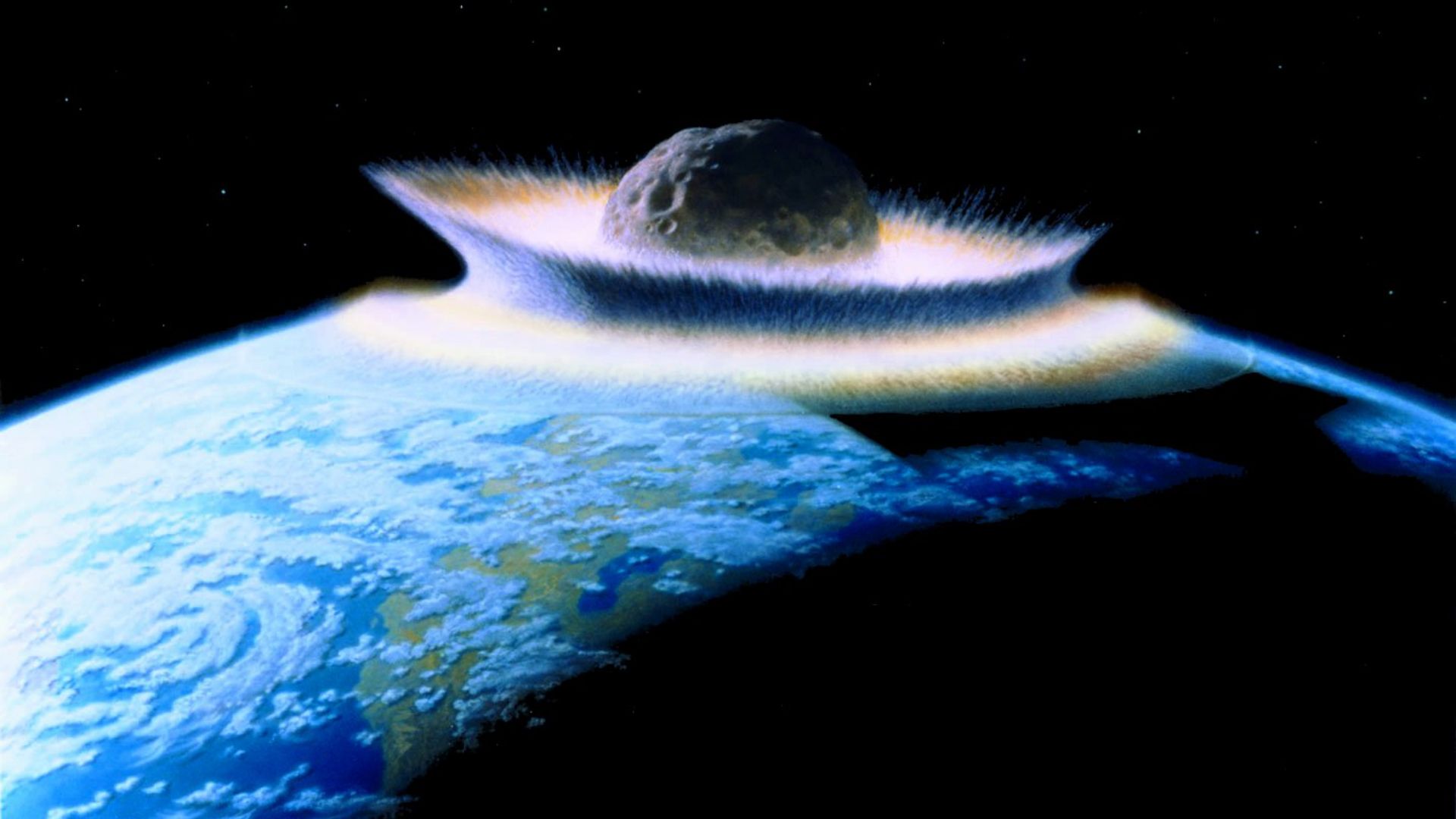

New research suggests that the majority of the rocks that crash through our atmosphere and make contact with our planet share a common source in the asteroid belt. Identifying where they come from provides excellent insight into both our solar system’s history and helps us protect our planet from future impact risks.
Where are They Coming From?
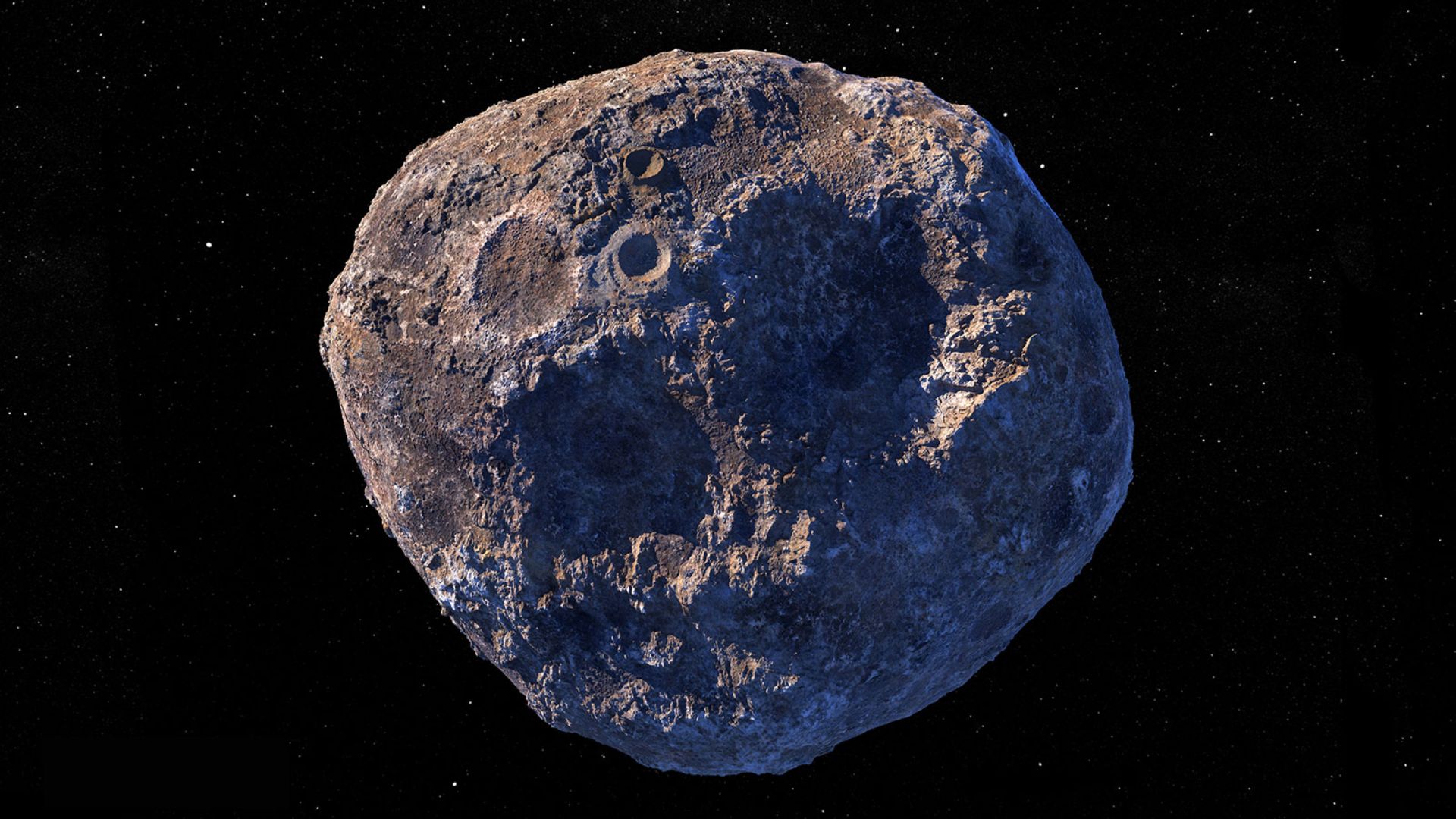
Scientists have long known that most meteorites are fragments of asteroids, not comets or planets. But until recently, we couldn’t trace most meteorites back to where they originated. The new work from European Southern Observatory in Chile changes that, proving that many share a common origin in a few asteroid families.
Three Asteroids, One Source
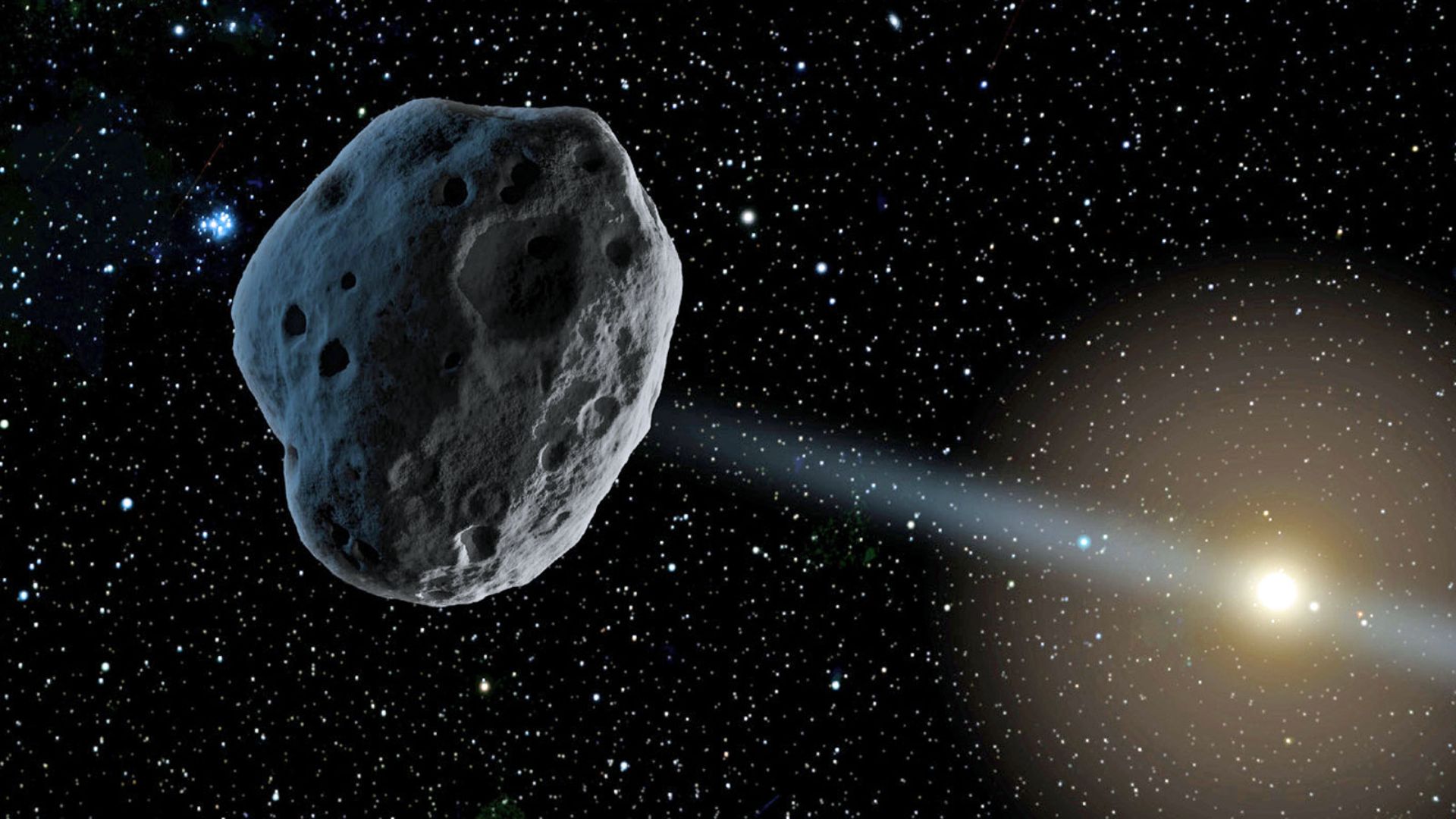
Recent studies pinpoint three specific “asteroid families” as the source of roughly 70% of known meteorite falls. They’re called Karin, Koronos, and Massalia. These families formed when larger bodies in space broke apart millions of years ago and their fragments drifted into Earth-crossing orbits over time.
Asteroid Belt Geography
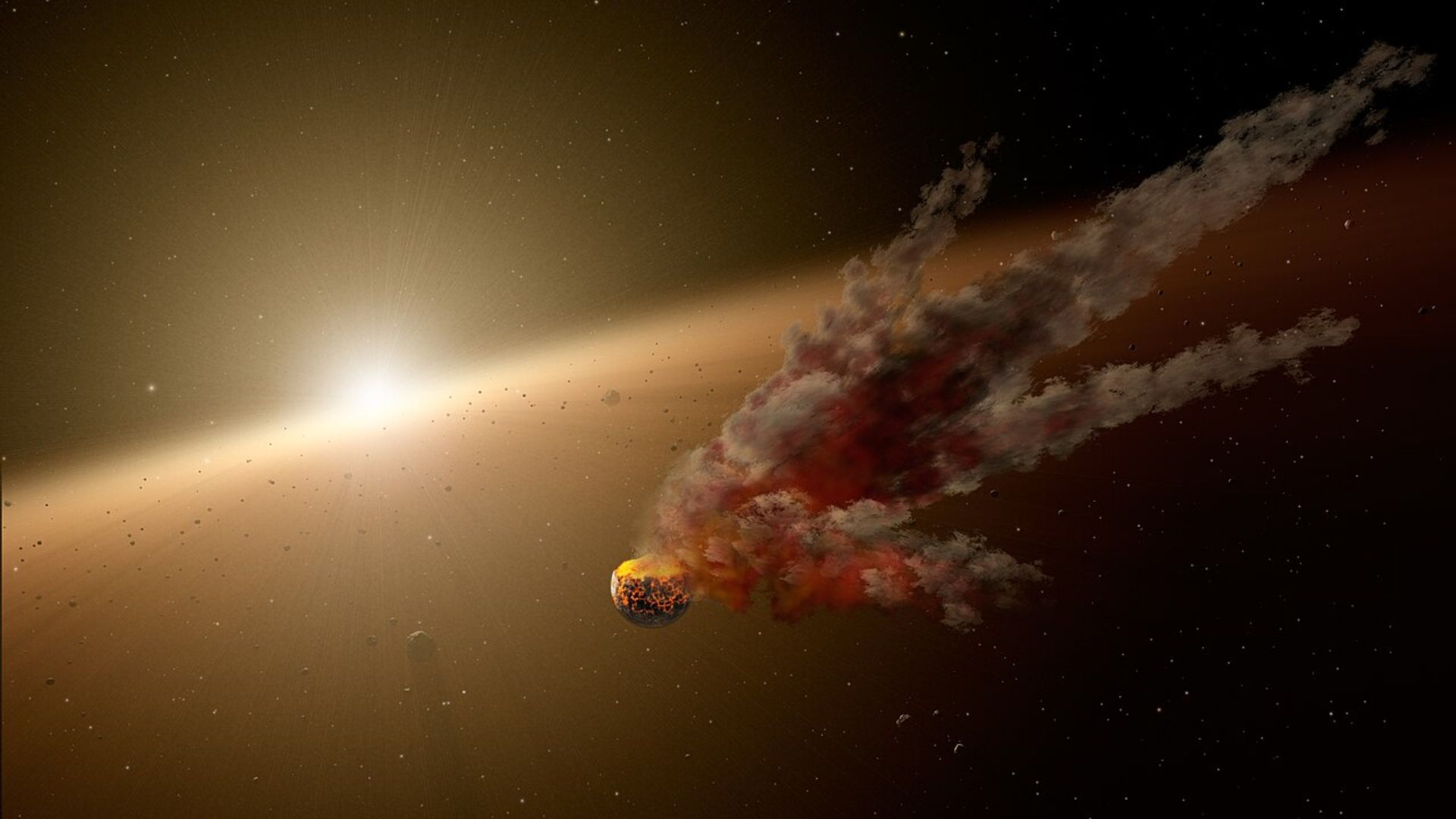
These asteroid families lie in the main asteroid belt, between Mars and Jupiter. That belt is a collection of rock fragments, where collisions are common. When collisions occur, they send shards outward in random directions and some of them eventually reach Earth.
The Moon and Mars Exceptions

While the vast majority of meteorites come from asteroid fragments, scientists have confidently traced a small number to the Moon and Mars. In these cases, impacts against the Moon or Mars causes materials to eject into space and eventually drift towards Earth. However, these examples only make up about 6% or less of known meteorites.
Recent Collisions
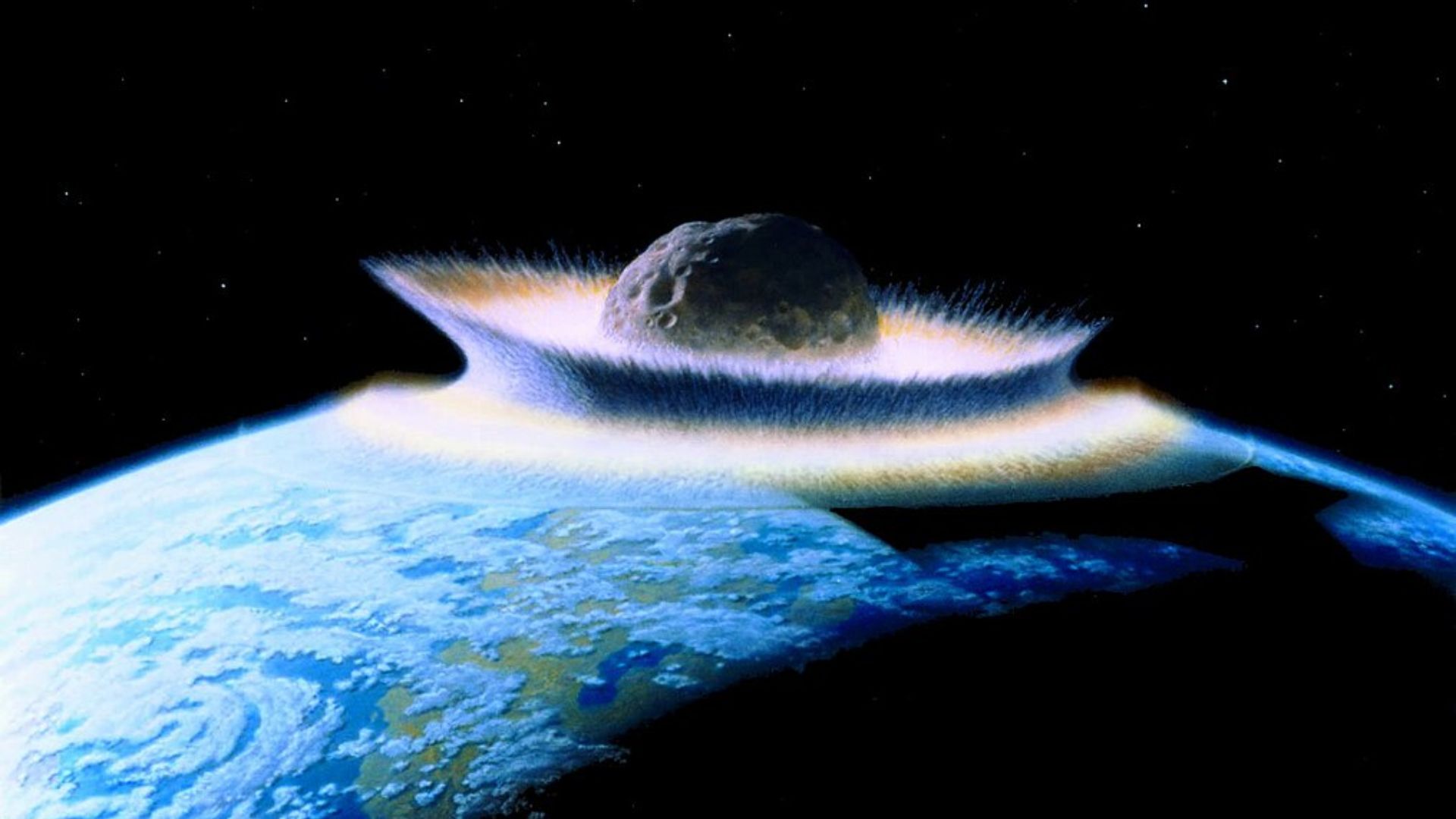
The three asteroid families of interest are young (in cosmic terms), having been created by collisions 5.8 million, 7.5 million, and about 40 million years ago. Because those events are relatively recent, many of their fragments remain intact and they able to reach us. Older collisions tend to scatter and erode their fragments over time.
Seismic Drift

Over millions of years, small forces, like sunlight, gravitational nudges, and collisions, can move fragments from stable orbits into paths that intersect Earth’s orbit. That drift explains how pieces from those asteroid families eventually make their way here.
Why It Matters

Understanding where meteorites come from helps us read records of solar system history. Knowing that these impacts are not randomized, but traceable, allows us to piece together how planets formed. It also helps us assess impact risks in the future.
Skeptics & Limits

Some researchers caution that while the new models are strong, they still depend on assumptions like how fragments move and how we define asteroid “families.” Also, a portion of meteorites (perhaps 10–15%) remains unexplained by current models. Future data, spacecraft missions, and laboratory measurements will help confirm the theory.
Conclusion

The idea that so many meteorites share a common origin in just a few asteroid families is reshaping how we think about space rock collisions with Earth. As science improves, we’re getting closer to mapping the full picture of how time has shaped our planets and the others in our galaxy.